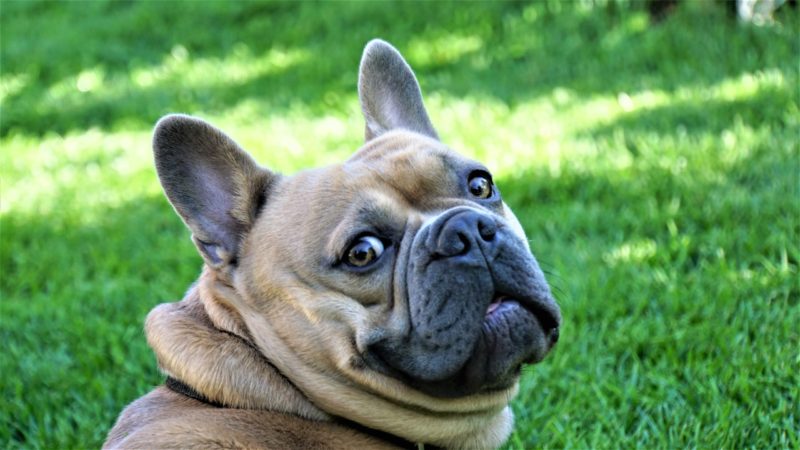Dog Body Language: A Simple Guide to Happy, Fearful and Angry Canine Body Language
Most dogs let us know how they are feeling. They tell us if they are happy. They tell us if they do not want us to go anywhere near them. They do this by communicating, using body language. Unfortunately, many people are unable to read this dog body language.
Canine body language evolved to communicate to other members of the species. Most dogs, given the practice while young, are experts at communicating with other dogs. Dogs use these same gestures to communicate to us. If a dog has not been well socialised, they may not be able to display nor read the body language of other dogs.
As humans we often expect dogs to be able to read our body language. We expect them to acknowledge when we are angry and shout at them. We expect them to understand when we are sad. Many of us think our dogs can.
Yet many humans have difficulty reading the cues that a dog is giving us. We often understand what a happy dog looks like but it can be hard to define. Many people believe that a wagging tail equals a happy dog and end up getting bitten when they approach.
If we can learn and practice reading canine body language, then we will be better at understanding a dog’s intentions towards us, including that of biting.
Here are 3 dog states – happy, angry and frightened. Of course, dogs may quickly move between these states, so caution should always be used.
Happy dog body language
The figure below shows the relaxed posture of a non-aggressive, non-threatening dog. Variations are present depending on the breed of dog. Ear shape may differ and some individuals may have their tail docked.
 The happy dog may show
The happy dog may show
- Relaxed posture
- Friendly eye contact
- Ears neutral
- Tail in wagging position
Angry dog body language
The following shadow picture shows the posture of a dog who is assertive and may be aggressive. This dog is likely to feel threatened if approached or any physical or eye contact is made. This dog should not be approached and care should be taken if this dog has to be handled.

The angry dog may have:
- Large posture, leaning forward
- Hackles up
- Eyes staring
- Ears forward
- Tail upright, may be waving
- Body stiff
Frightened dog body language
The next figure shows the posture of a frightened or scared dog. This dog is likely to feel threatened if approached and may resort to showing aggressive behaviour if he cannot escape. This dog should not be approached and care should be taken if this dog has to be handled.
The frightened dog may have
- Small posture, crouching

- Hackles up
- Eyes averted
- Ears flattened
- Tail between legs
- Lip licking
- Yawning
- Body stiff
How Well Do You Know Dog Body Language?
Practice reading the body language of these dogs…










